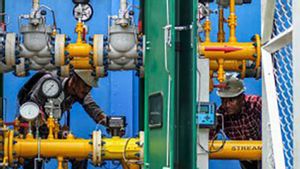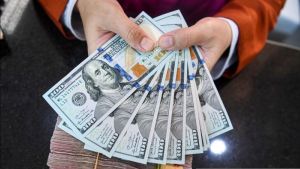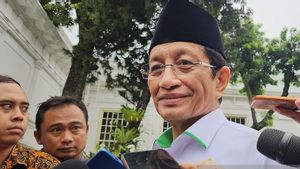JAKARTA - The Association of Indonesian Automotive Industries (Gaikindo) assesses that the production target of 1 million electric vehicles (EV) by 2035 will be quite challenging even though the government has announced an incentive to purchase electric vehicles.
Secretary General of Gaikindo Kukuh Kumara was met at the media gathering of PT Suryacipta Swadaya in Karawang, West Java, Wednesday, March 8, admitted that he was still waiting for the details of the incentives that would be provided by the government.
"We are still waiting for this incentive to be effective, especially to achieve the production of 1 million electric cars by 2035. Frankly, this is something new and if we look at the incentives, we don't know the amount yet," he said, quoted from Antara.
Kukuh said that electric cars are also said to be mostly the upper middle class market and not the first buyer.
He also mentioned fuel and affordable (KB2H) or low cost and green car (LCGC) vehicles. According to him, with prices in the range of IDR 150 million, LCGC cars currently hold up to 23 percent market share with a total production of around 200 thousand units.
"If 1 million units (the production target) is quite heavy, yes, but we'll see what the development looks like," he added.
Kukuh said that one of the things that determines the increase in the market and production of vehicles, including electric vehicles, is the behavior and interest of the community.
He also assessed that the development of the electric car ecosystem in Indonesia should be carried out in stages. This is because the development of electric vehicles depends not only on purchase incentives, but also on infrastructure support.
Kukuh said the interest of Chinese consumers whose government provided incentives of 15 thousand US dollars for the purchase of motorized vehicles could immediately drop when the incentives were reduced by the government.
"We don't know the behavior of the community. We also want the positive trend to continue. We also see in China, the incentive was 15 thousand US dollars, but once the incentive was reduced, it immediately dropped. Even though in China the infrastructure is extraordinary. There are 20-30 toll roads every 50 km, there is a charging station. It's still hard," he said.
Likewise, the readiness of battery charging infrastructure needs to be considered carefully. He does not want the chaos of electric vehicle queues like what happened in Australia last year.
"Australia market is almost the same as Indonesia, almost 1.3 million units a year, only the EVs are relatively low, only 20 thousand a year. Last New Year, he even said there was chaos because those who have EVs want a new year, the batteries run out of charging but all queue because they fill it not like the fuel line is finished 5 minutes," he said.
Kukuh juga khawatir pengumuman pemerintah soal pemberian bantuan insinasi pembelian kendaraan listrik akan mengganggu penjualan. Hal itu menurutnya pernah terjadi saat ada isu insentasi Pajak Penjual atas Barang Mewah Ditanggung Pemerintah (PPnBM DTP) yang diberikan pada tahun 2021 lalu.
"It happened the same as in the past there was an issue of relaxation of PPnBM DTP in 2020 wanting to be issued. Drop (the sales drop) from August to September 2020, it didn't come out. That's why I don't want comments to be afraid to interfere with sales. We are waiting for the incentives," said Kukuh.
The English, Chinese, Japanese, Arabic, and French versions are automatically generated by the AI. So there may still be inaccuracies in translating, please always see Indonesian as our main language. (system supported by DigitalSiber.id)













